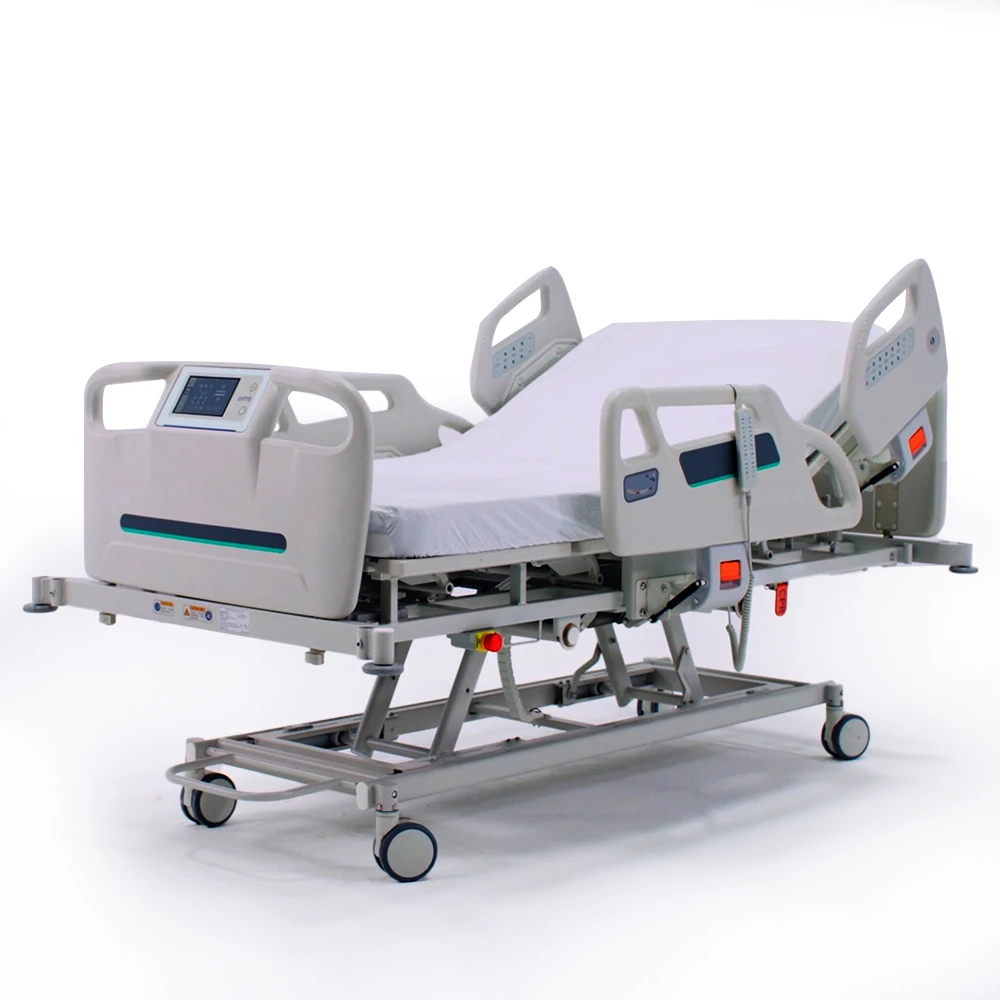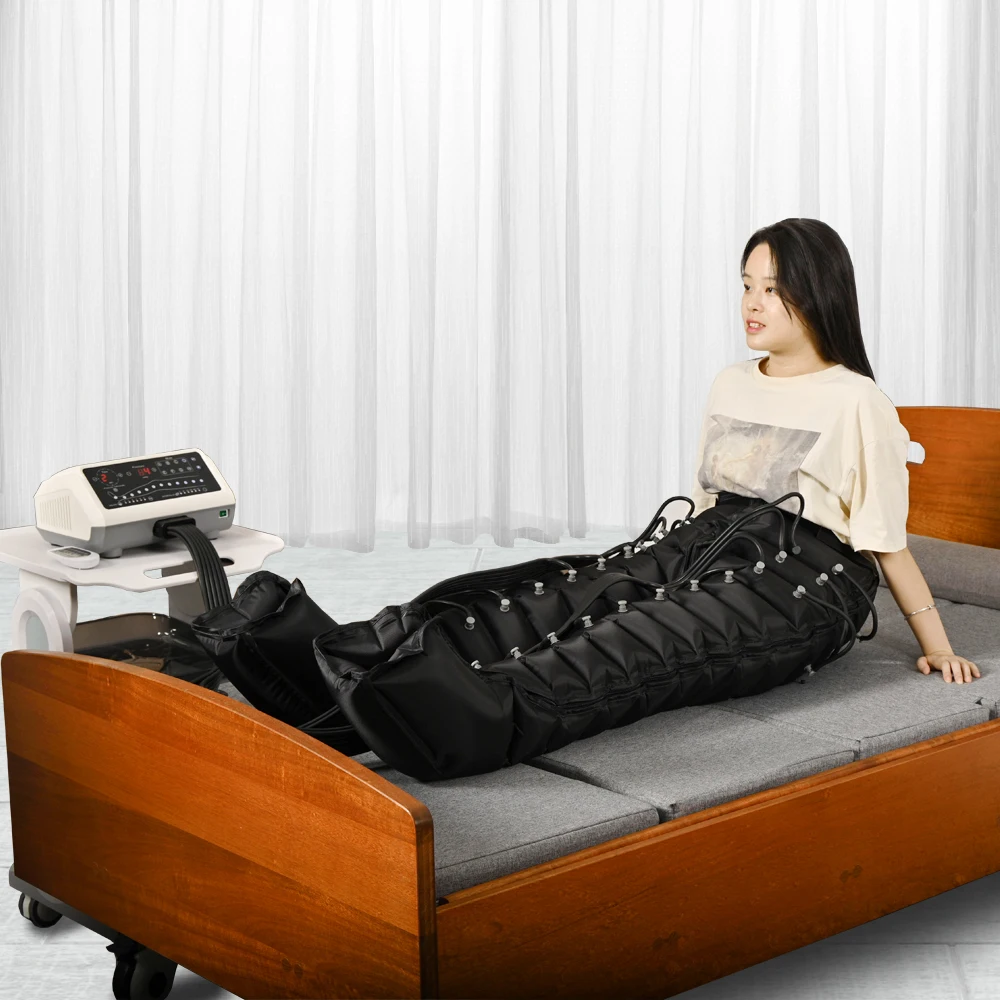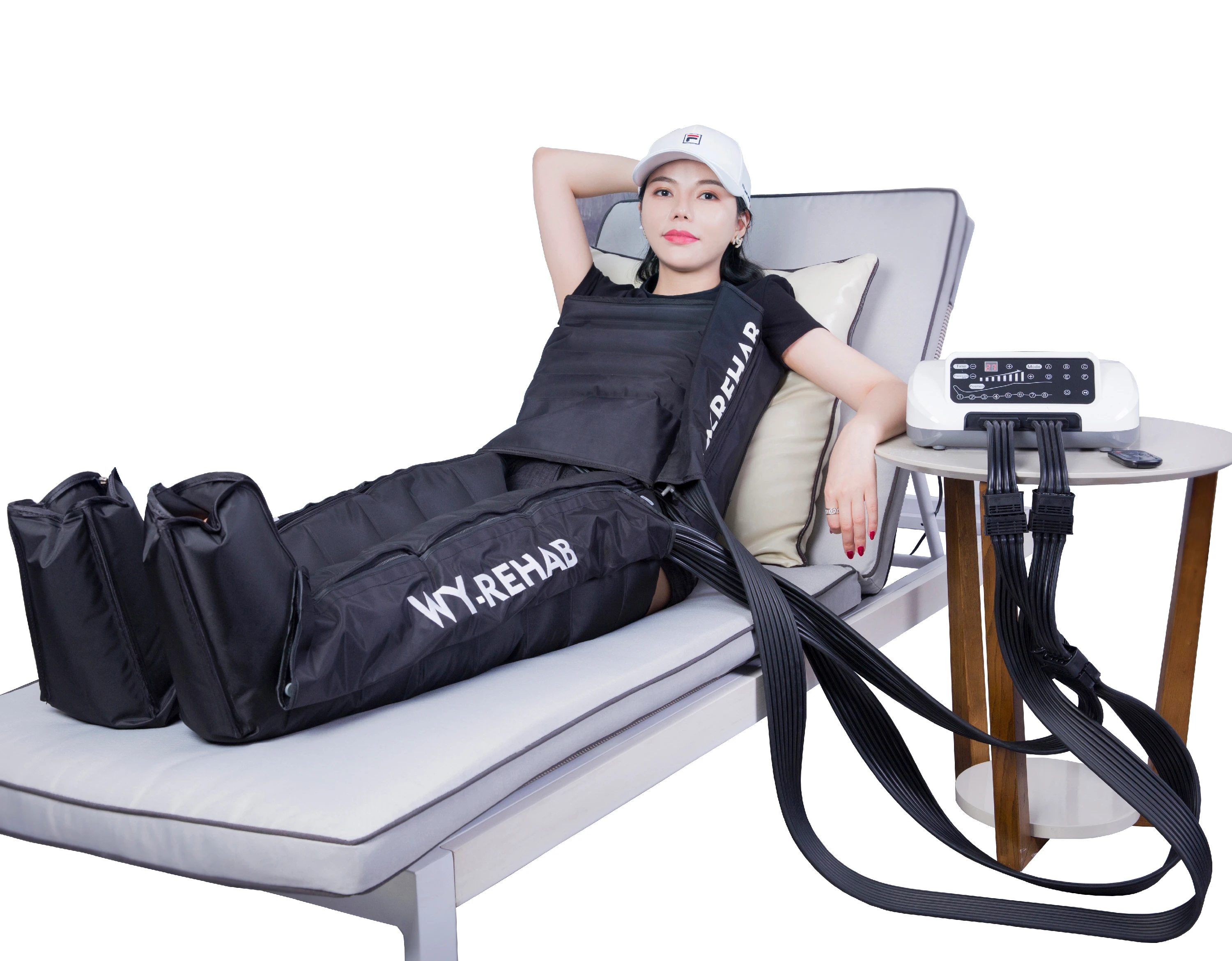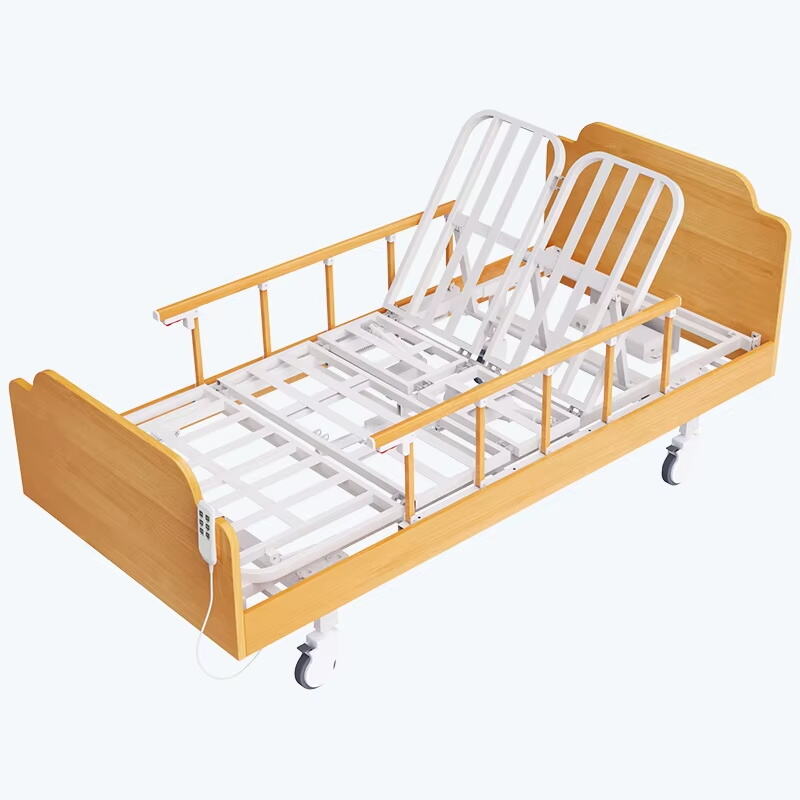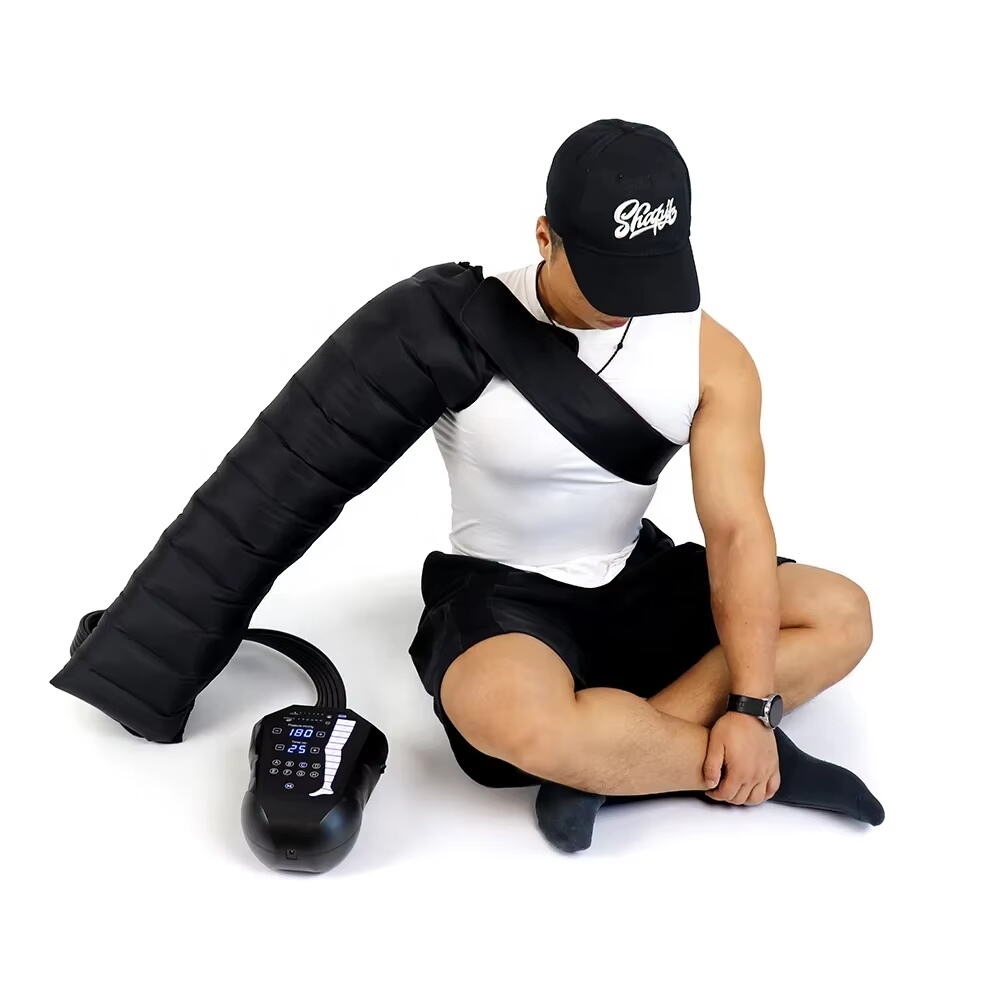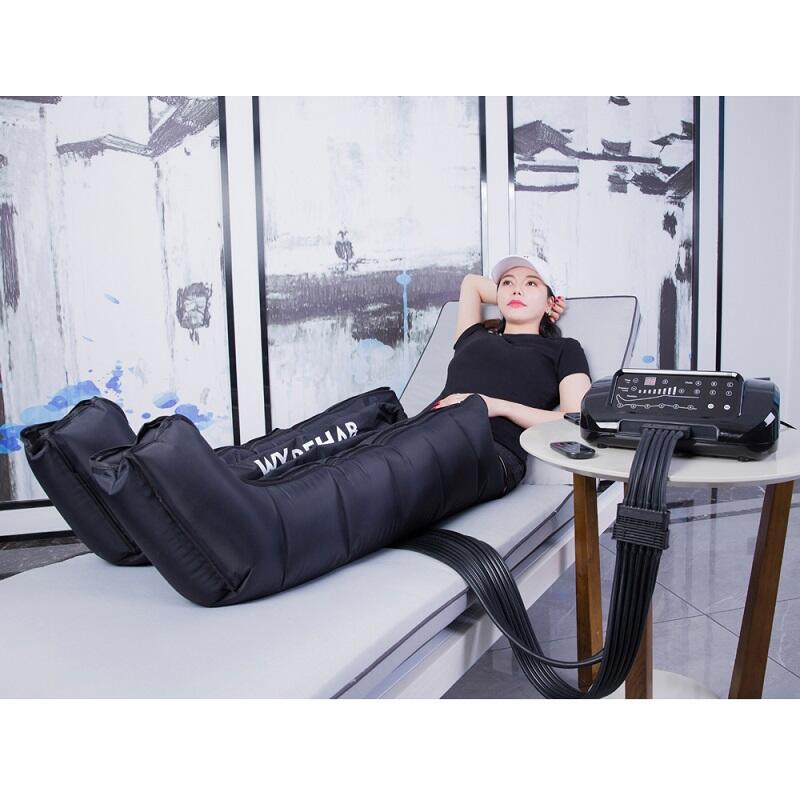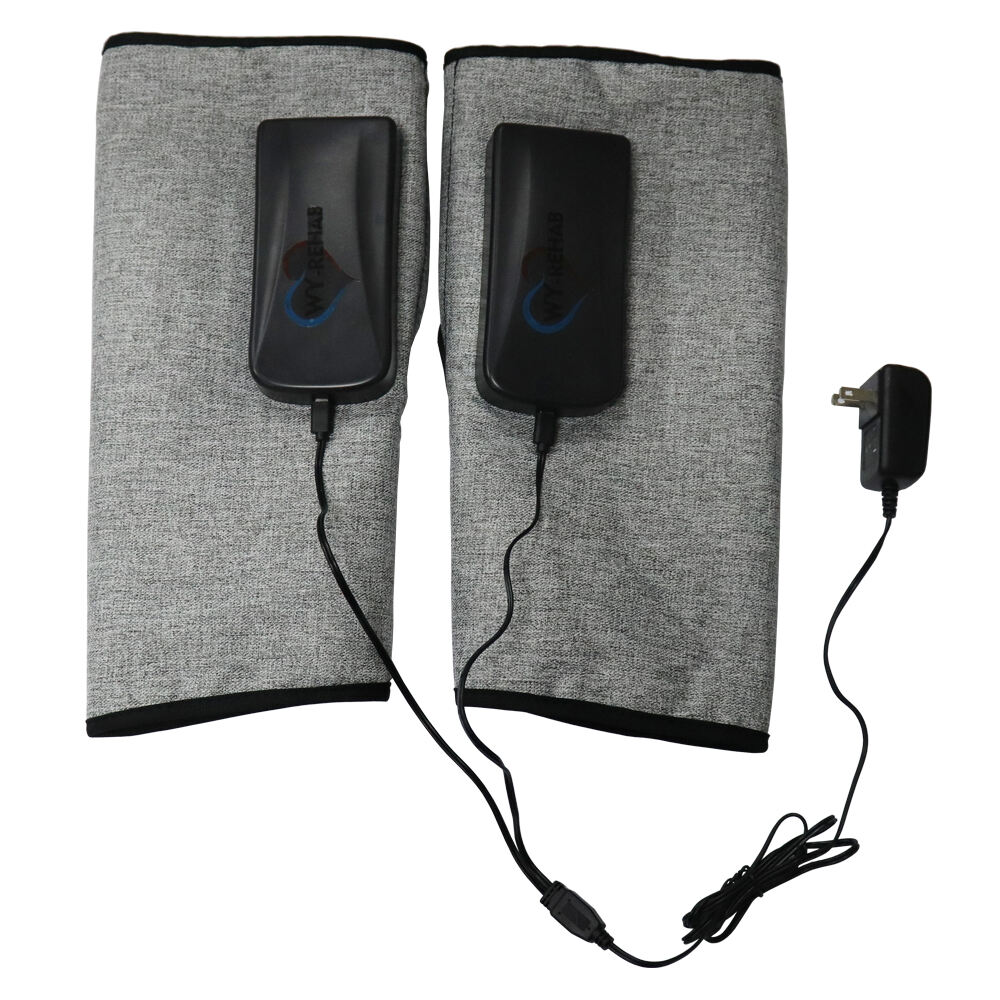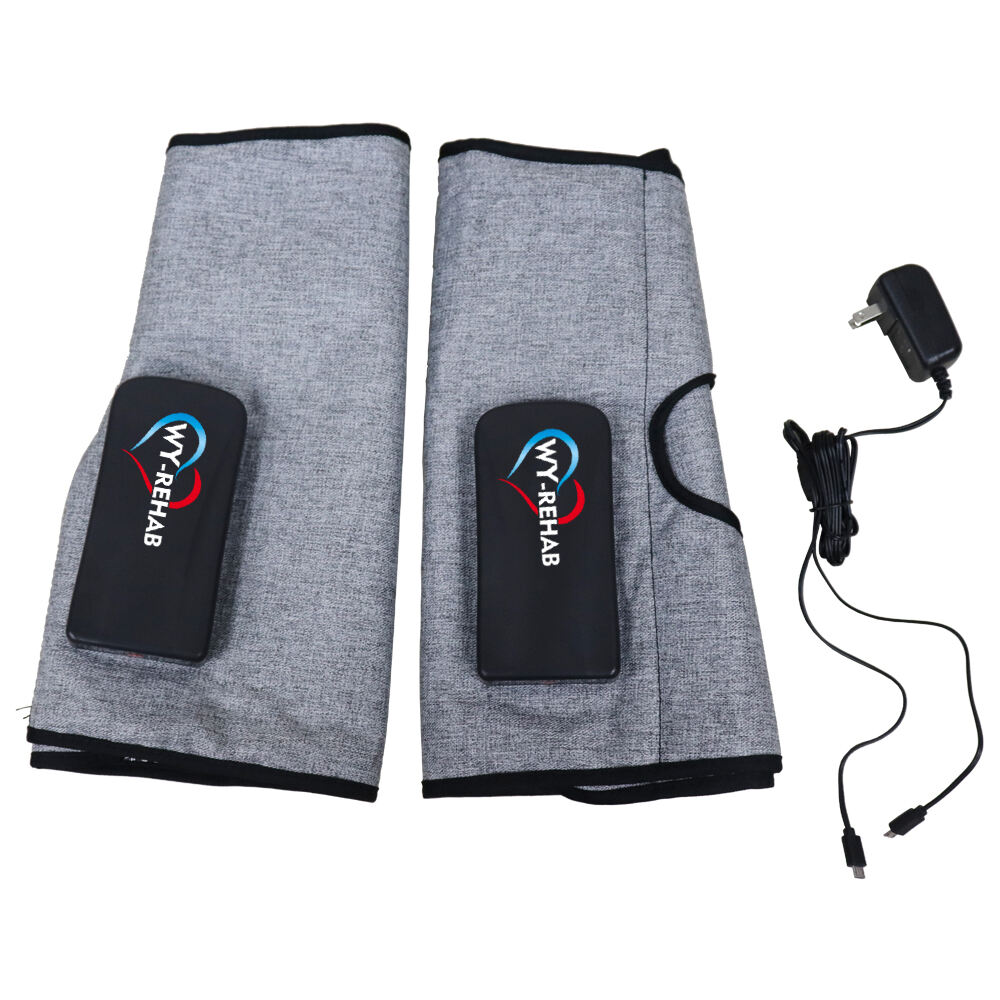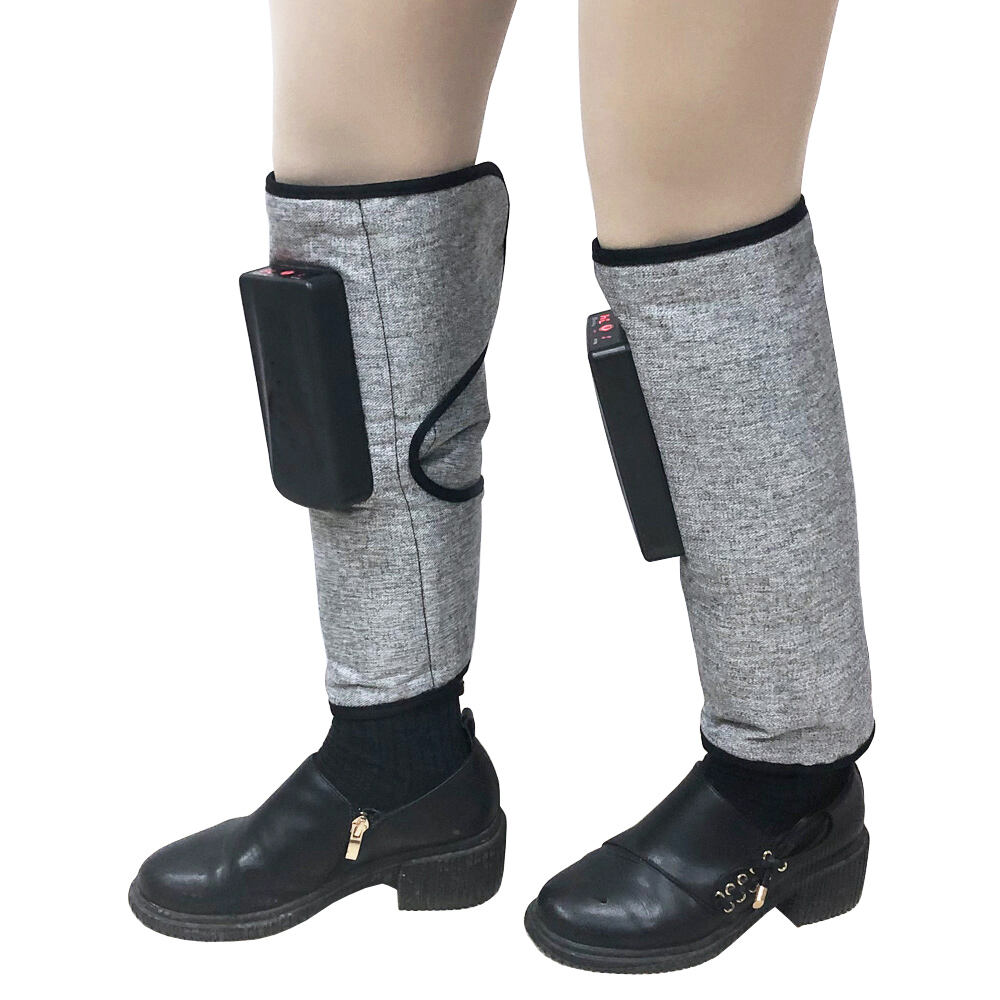intermittent pneumatic compression dvt
Intermittent Pneumatic Compression (IPC) DVT devices are advanced medical systems designed to prevent deep vein thrombosis through controlled pressure application. These devices consist of inflatable garments connected to a pneumatic pump that delivers sequential compression to the limbs, typically the legs. The system works by automatically inflating and deflating at preset intervals, effectively mimicking natural muscle contractions to promote blood circulation. The technology incorporates sophisticated pressure sensors and timing mechanisms that ensure optimal compression levels for each patient. Modern IPC devices feature multiple chambers that inflate in a distal to proximal sequence, creating a wave like motion that efficiently moves blood toward the heart. The system typically operates at pressures ranging from 35 to 55 mmHg, adjustable based on individual patient needs. These devices are commonly used in hospitals, particularly in post surgical settings, intensive care units, and for bedridden patients. They are also increasingly being adopted for home use, especially for patients with mobility issues or those at high risk of DVT. The technology has evolved to include portable options with battery backup, allowing for continuous treatment even during patient transport or power outages. Advanced models now feature digital interfaces for precise pressure control and treatment monitoring, with some systems offering data logging capabilities for healthcare providers to track patient compliance and treatment effectiveness.

